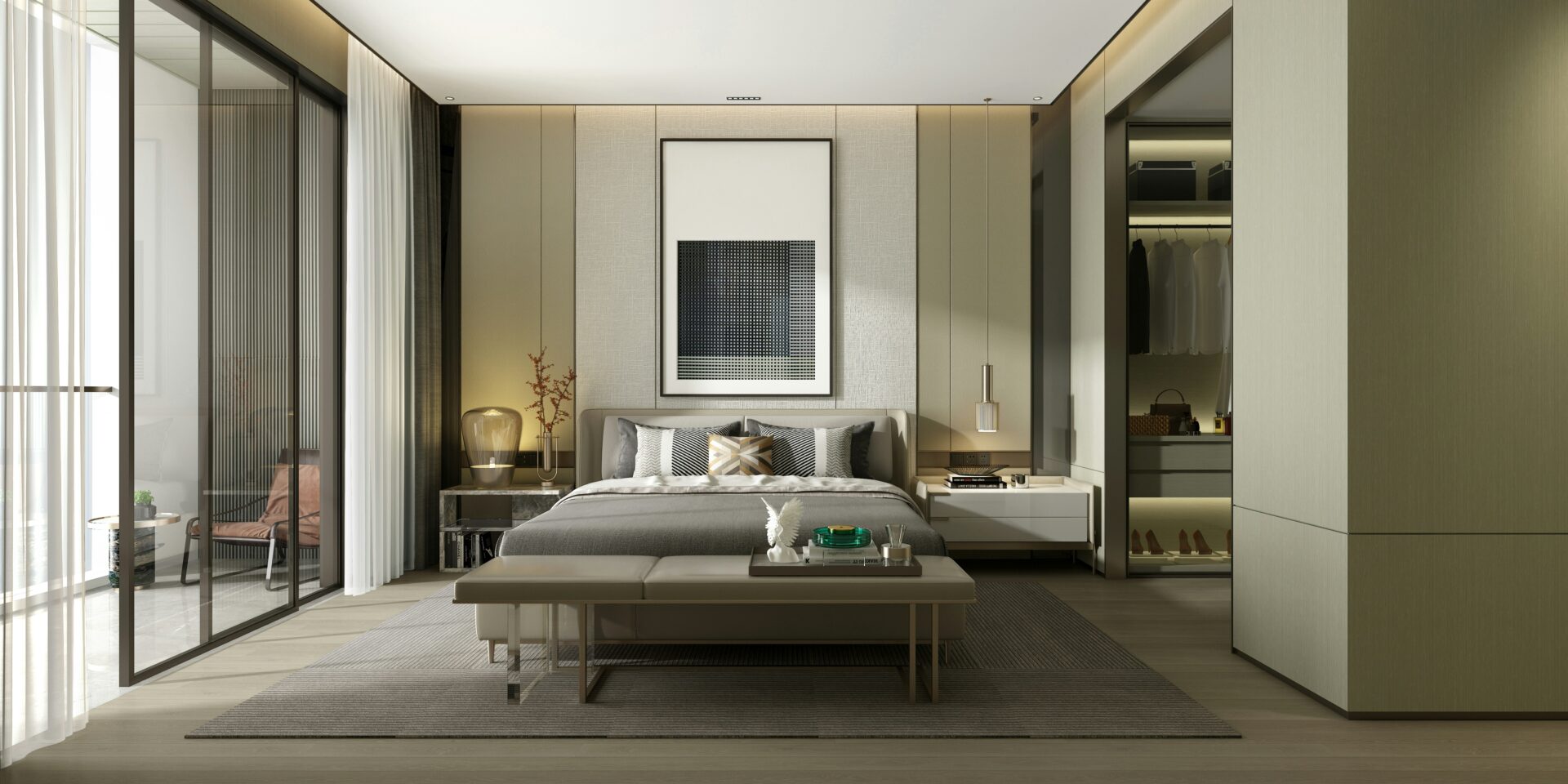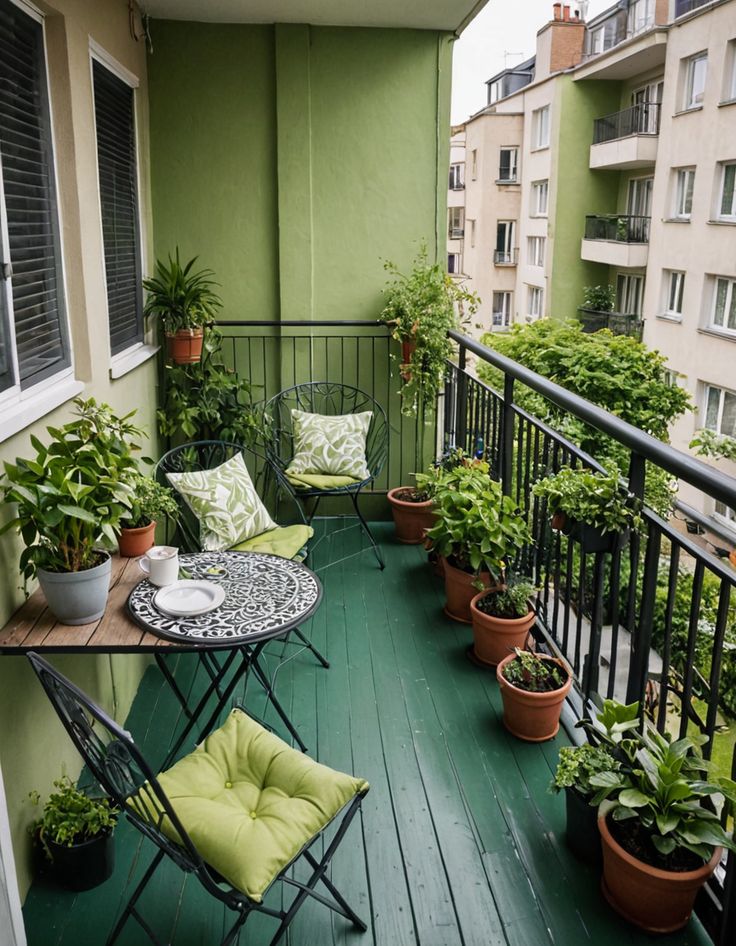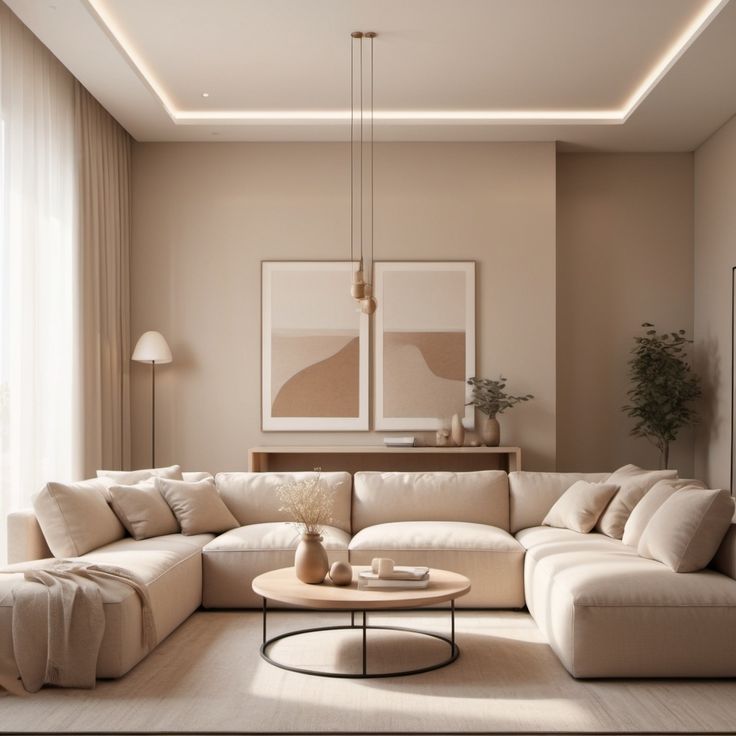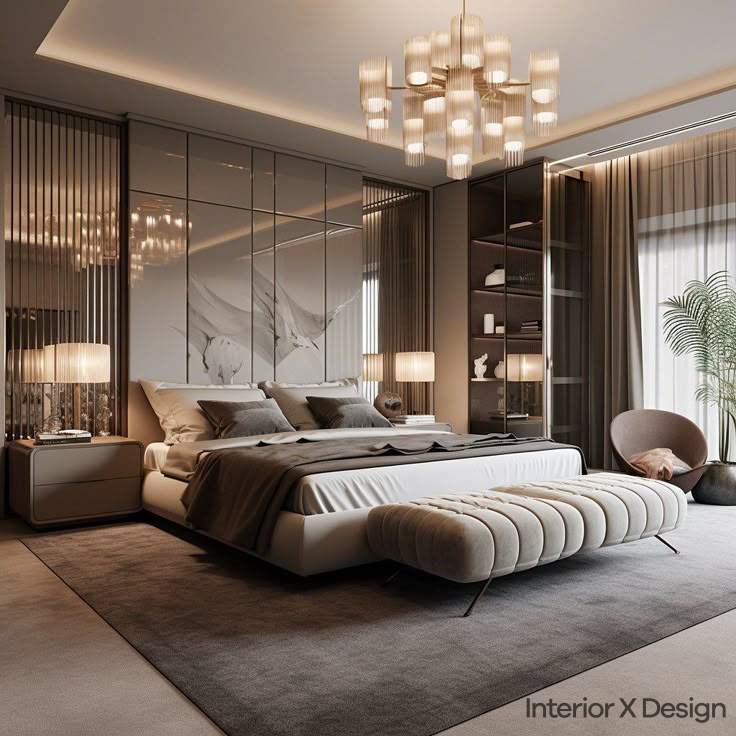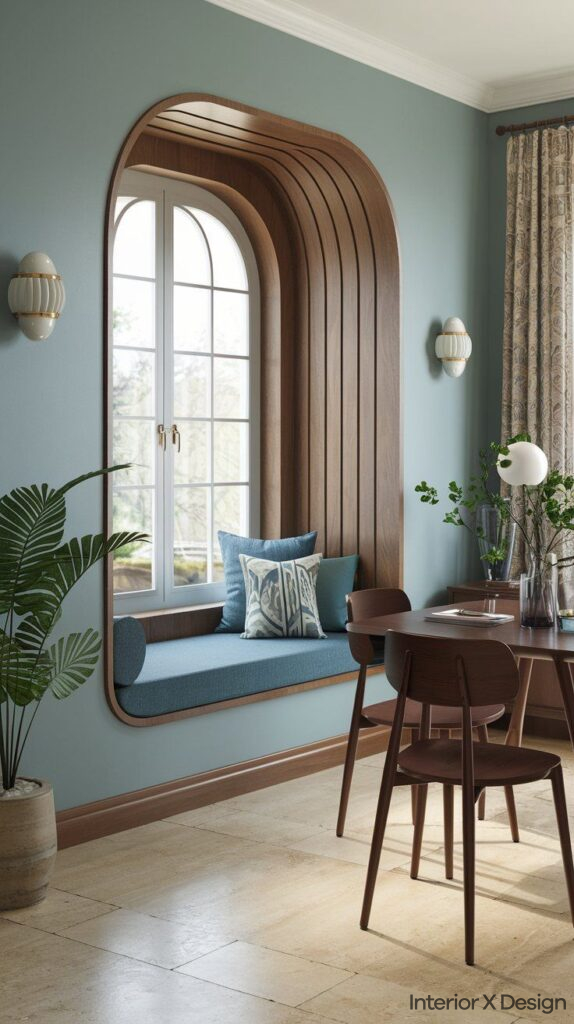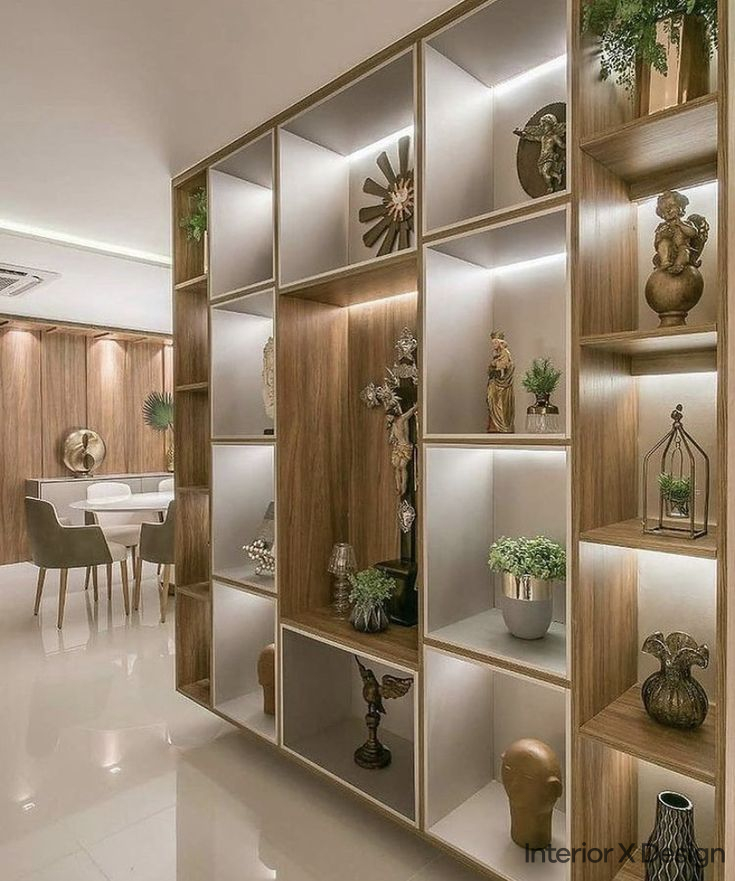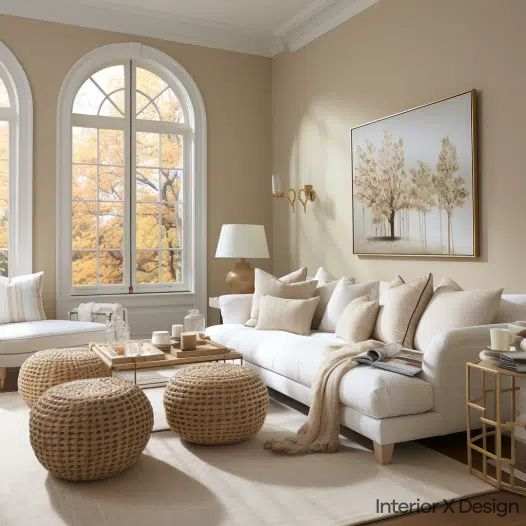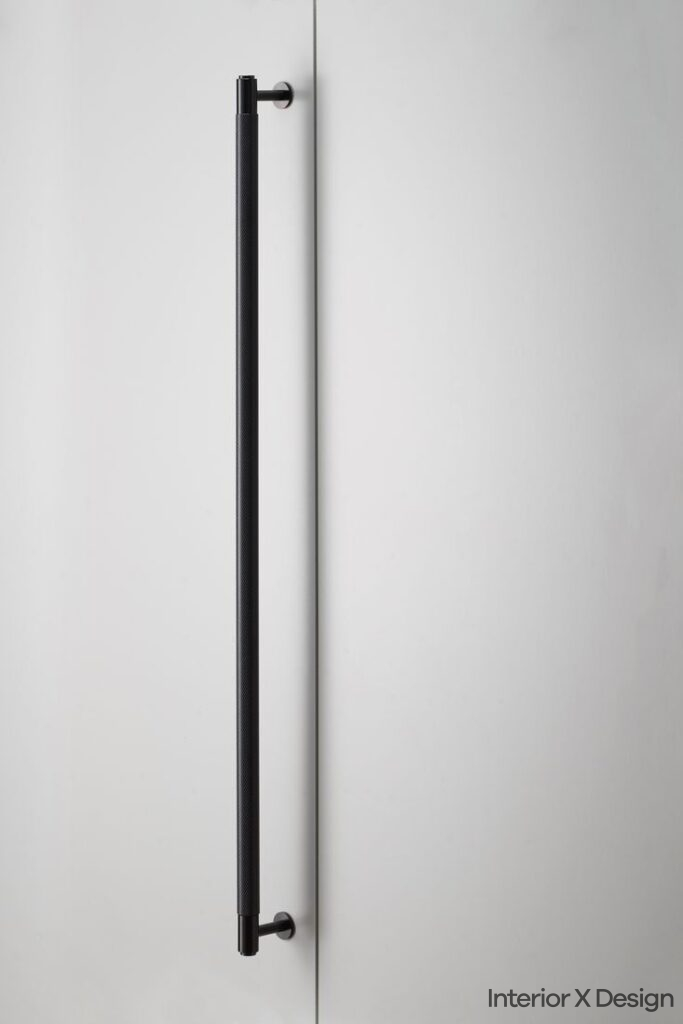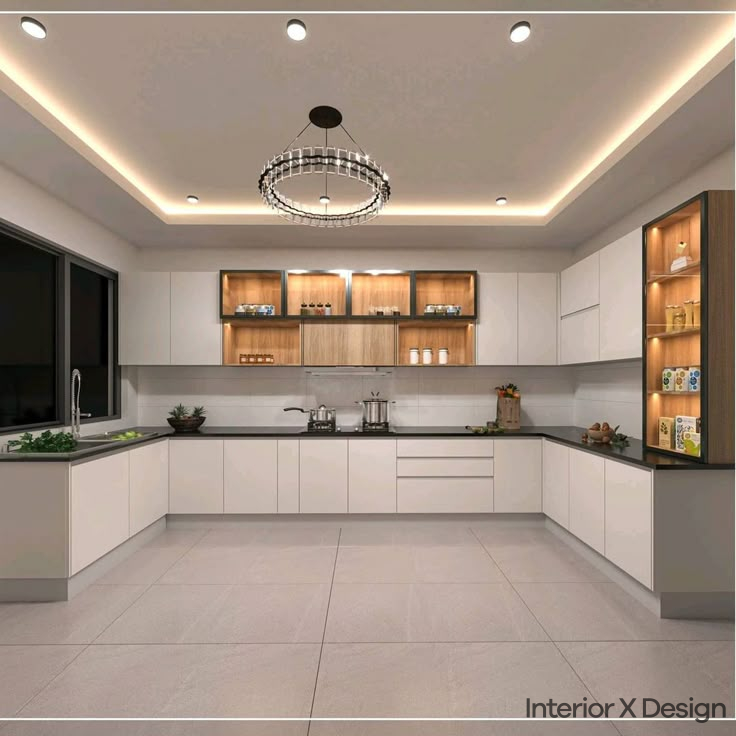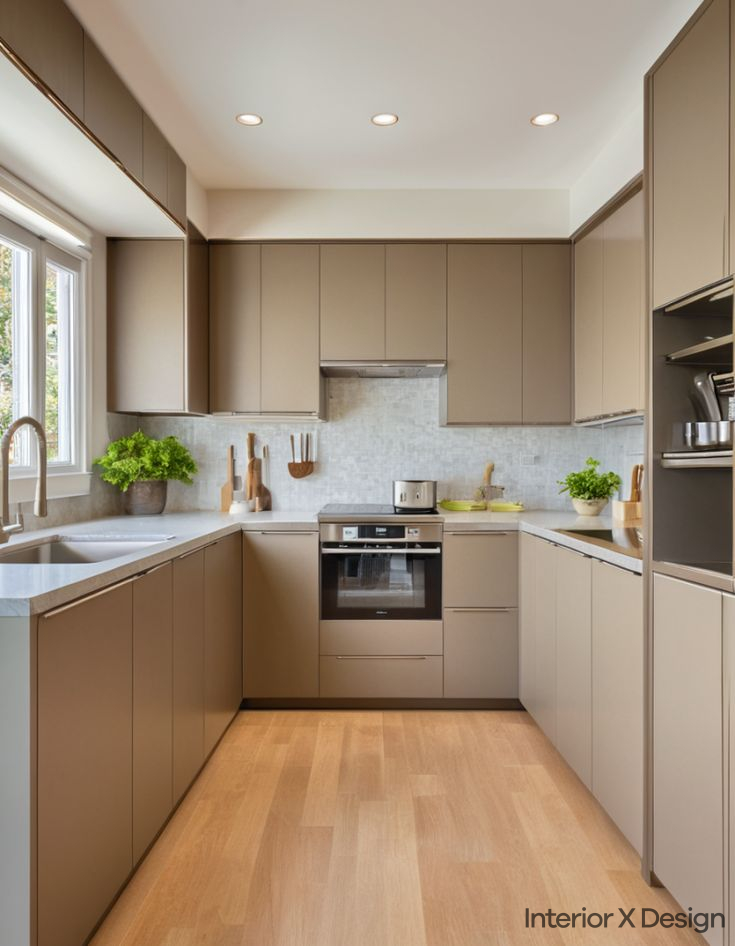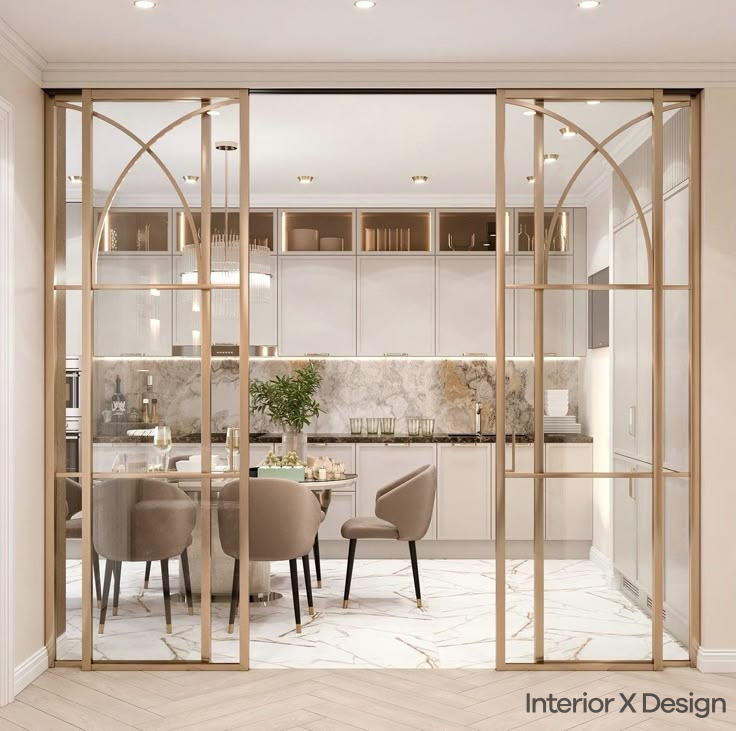Why Understanding Standard Bedroom Sizes Matters
Room dimensions directly affect comfort, furniture placement, and overall usability. Bedrooms are personal spaces where we retreat for rest and relaxation. Proper sizing ensures:
- Ample space for furniture like beds, wardrobes, and nightstands.
- Room for walking and movement without clutter.
- Adequate airflow and natural light.
- Space for additional elements such as a desk, chair, or decor.
Average Bedroom Sizes: Quick Overview
| Bedroom Type | Standard Dimensions (Feet) | Suitable for |
|---|---|---|
| Master Bedroom | 12×14 to 14×20 | Couples, large furniture, luxury amenities |
| Standard Bedroom | 10×10 to 12×12 | Teenagers, single occupants |
| Small Bedroom | 8×8 to 10×10 | Children, minimal furniture |
| Guest Bedroom | 10×12 to 12×14 | Occasional stays, basic setup |
Let’s explore each category in detail.
Master Bedroom Size: The Luxury Space
A master bedroom is often the largest room in the house, designed to provide luxury and comfort. The typical size ranges between 12×14 feet to 14×20 feet, depending on the home’s total square footage.
Ideal Layout and Features for a Master Bedroom
A master bedroom’s layout should accommodate:
- Bed Placement: Queen-size or king-size beds require approximately 5×6.5 feet and 6.5×6.5 feet, respectively.
- Wardrobe Space: Built-in wardrobes or walk-in closets need at least 4 feet of width.
- Seating Area: A small seating nook can add luxury; allocate 5×5 feet for a chair and side table.
- En-suite Bathroom: Attached bathrooms typically measure 5×8 feet or larger.
Example:
For a home with a 2,000 sq. ft. area, a 14×20 feet master bedroom can accommodate a king-sized bed, a walk-in closet, and an en-suite bathroom with ease.
Tips for Designing a Master Bedroom
- Use lighter colors to make the room feel more spacious.
- Incorporate layered lighting, including overhead, task, and accent lighting.
- Position the bed to maximize views and natural light.
Standard Bedroom Size: Perfect for Single Occupants
The standard bedroom size is typically 10×10 feet to 12×12 feet. This size works well for children, teenagers, or single adults. It provides enough space for basic furniture and leaves room to move freely.
Furniture and Layout for Standard Bedrooms
- Bed Options: A twin bed (3.25×6.25 feet) or full bed (4.5×6.25 feet) fits comfortably.
- Storage: Include a 2-3 feet-wide wardrobe.
- Desk and Chair: Add a study or work area in one corner.
Practical Example:
In an apartment, a 10×10 feet bedroom can include a full-size bed, a compact wardrobe, and a small desk.
Optimizing Space in Standard Bedrooms
- Use multi-functional furniture like beds with storage underneath.
- Choose sliding wardrobe doors to save space.
- Install shelves or wall-mounted storage to free up floor space.
Small Bedroom Dimensions: Maximizing Minimal Space
A small bedroom ranges from 8×8 feet to 10×10 feet. While compact, these rooms can still be highly functional with strategic planning.
How to Design Small Bedrooms
- Choose the Right Bed Size: Twin beds or Murphy beds are ideal.
- Focus on Vertical Storage: Use tall wardrobes and wall shelves.
- Light Colors and Mirrors: These create an illusion of more space.
Real-Life Application:
A children’s room of 8×8 feet can feature a bunk bed, a wall-mounted study desk, and colorful storage bins to maximize utility.
Space-Saving Tips for Small Bedrooms
- Use foldable or wall-mounted furniture.
- Opt for built-in wardrobes to reduce bulk.
- Minimize decor and keep the space clutter-free.
Guest Bedroom Dimensions: Welcoming and Functional
Guest bedrooms typically measure 10×12 feet to 12×14 feet. These rooms should balance comfort with simplicity, ensuring guests feel welcome without overcrowding the space.
Essentials for a Guest Bedroom
- Bed Size: A full or queen-size bed fits well.
- Wardrobe or Storage: Provide a small closet or dresser.
- Basic Amenities: Include a side table, lamp, and chair.
Example Setup:
A 12×14 feet guest room can include a queen-size bed, a compact wardrobe, and a reading nook with a small chair.
Factors Influencing Bedroom Sizes
Several factors determine the average bedroom size:
- Home Size: Larger homes often have more spacious bedrooms.
- Purpose: A master bedroom requires more space than a child’s room.
- Cultural Norms: In the U.S., bedrooms are generally larger compared to European standards.
Statistics on Bedroom Sizes
- Average Master Bedroom in the U.S.: 14×16 feet.
- Average Small Bedroom: 10×10 feet.
- Global Comparison: In the UK, a typical bedroom is 10×10 feet, while in India, it’s around 9×10 feet.
Related Resources
For more inspiration, check out these guides:
- Bedroom Interior Design Ideas
- Essentials of Sophisticated Interior Design
- Low-Cost Bedroom Design Tips
Conclusion
Understanding standard bedroom sizes and average bedroom dimensions is key to creating functional, comfortable, and aesthetically pleasing spaces. By considering the specific needs of each room type and optimizing layouts, you can make the most of any space, whether it’s a luxurious master bedroom or a compact guest room. Start designing your dream home today with these practical insights and tips!

